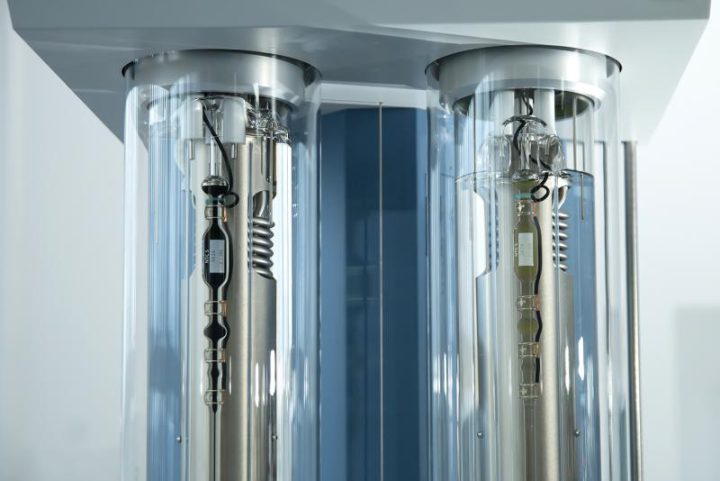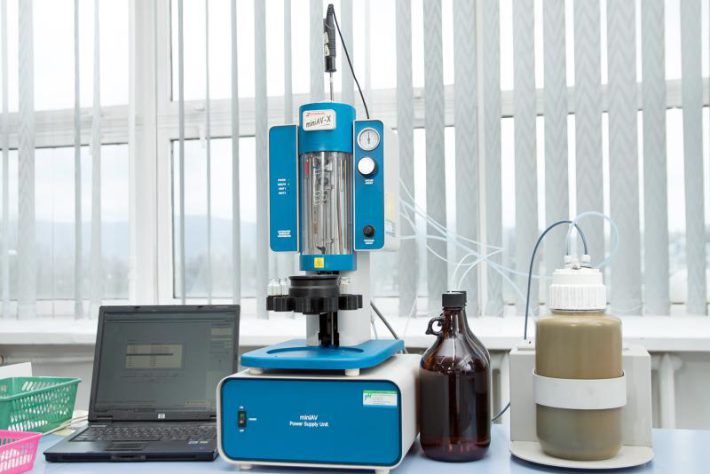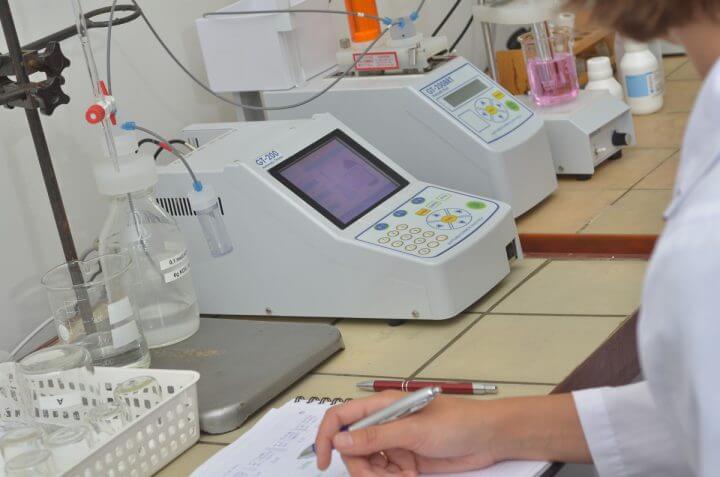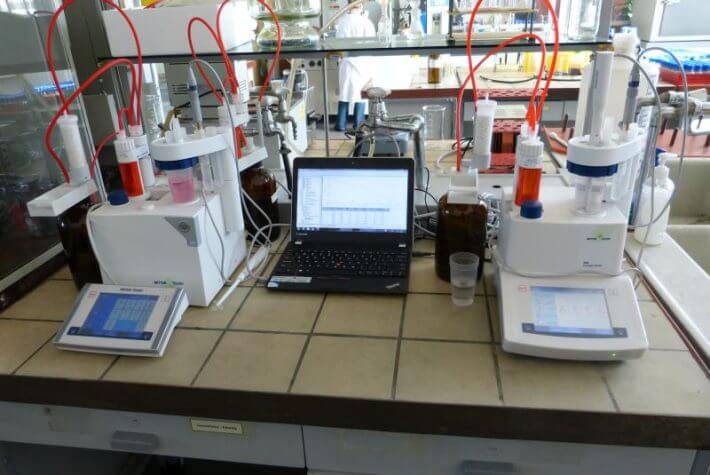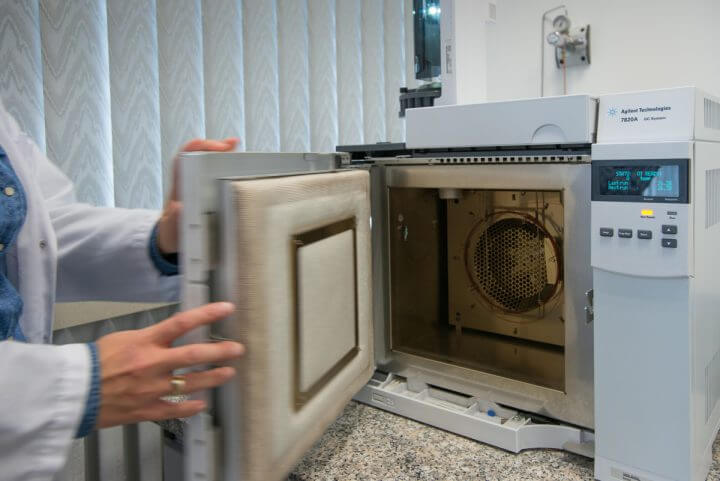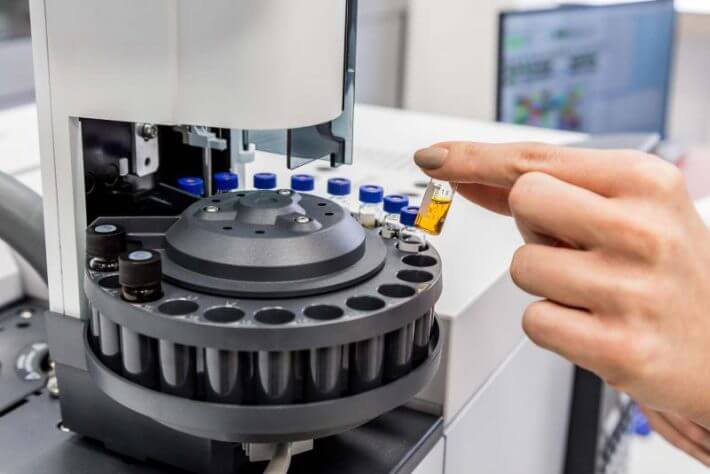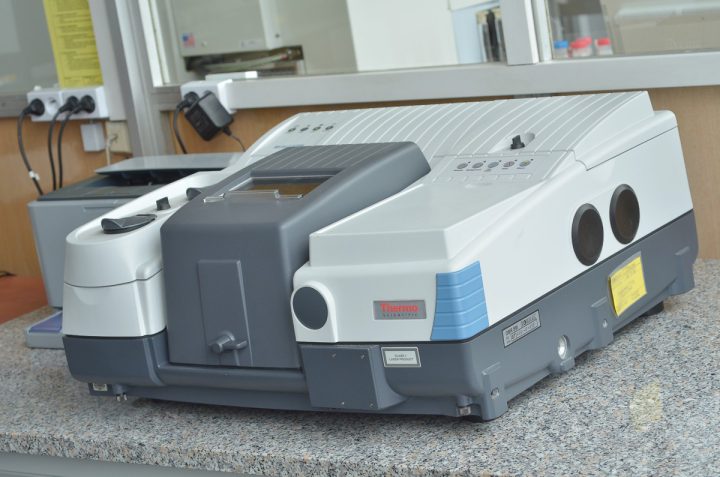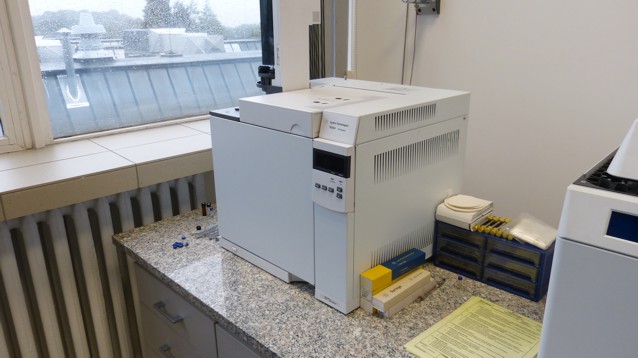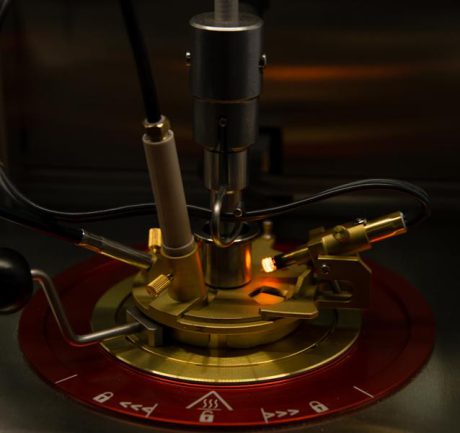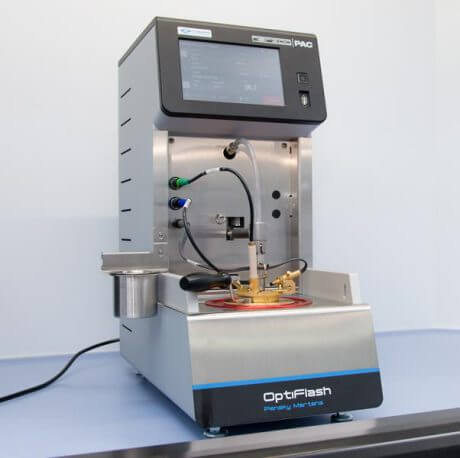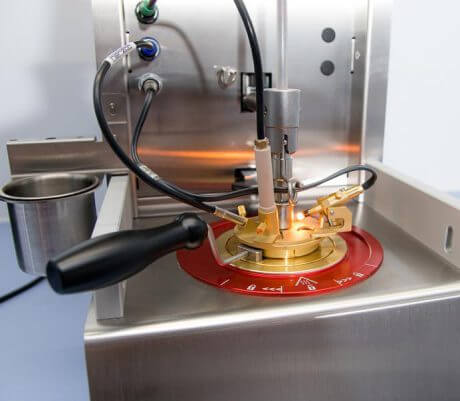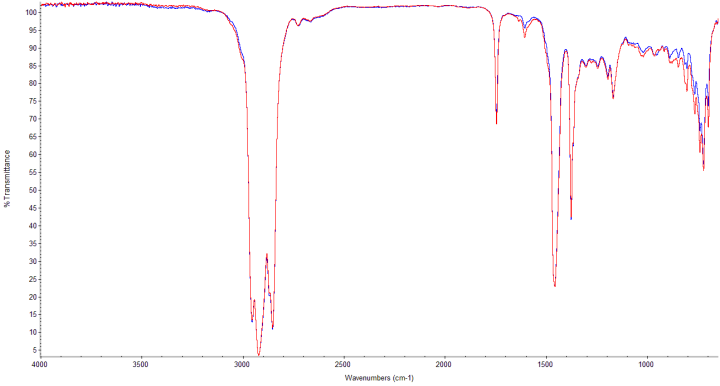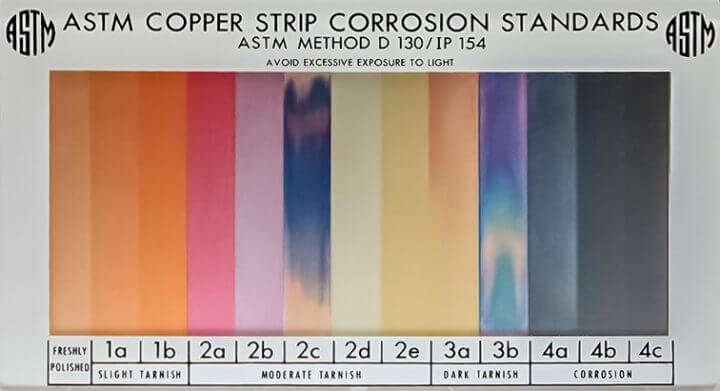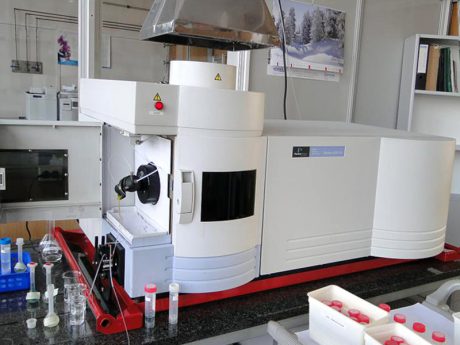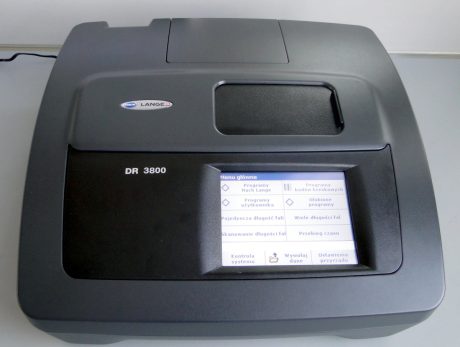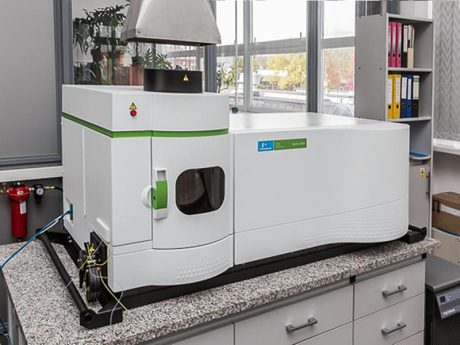Many years of experience in the automotive industry lets us choose test methods allowing determination of basic information on the quality of petroleum products and changes occurring in those products during their usage.
On this page:
- Viscosity and viscosity index
- Total acid number and total base number
- Fuel content in engine oils
- Soot content in engine oils
- Determination of the degree of oxidation and nitration
- Determination of glycol content in engine oil
- Flash point
- Dropping point
- Lubricating oil penetration
- Free organic base and acid content
- Saponification number
- Density
- Benzene content
- Fatty acid methyl esters (FAME) content
- Fractional composition
- Resin content
- pH level
- Corrosion test
- Colour
- Boiling point
- Thermal stability
- Evaporation potential
- Residue after combustion
See more:
- Identification of products’ materials and contamination, chemical composition
- Material emissions/ VIAQ (Vehicle Interior Air Quality)
- Technical cleanliness inspection – internal and external cleanliness of products
- Techniques and test equipment – part 1
- Testing engine and transmission oils, liquid and gaseous fuels and fuel additives
- Water content



